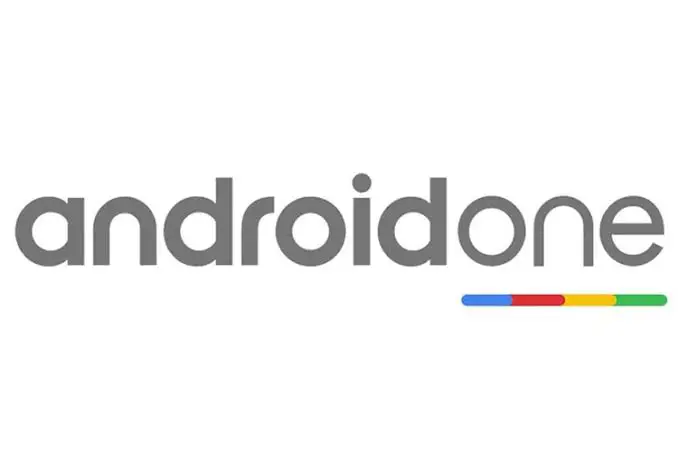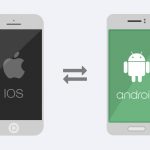Android could surpass iOS
There is one undeniable fact Android users are sure to bring up in the infamous Android/iOS Argument. Customization options. Or rather, the flexibility of it. Google’s mobile Operating System, Android, is Open-Sourced. Meaning any Smartphone manufacturer can obtain the stock version, and then make changes to it totally free of cost and legal implications. These changes by the manufacturers are in form of “skins”—A wider or thinner range of options and a custom design. This presents a personal feel of a particular brand built around the very same Android experience. Samsung’s Touchwiz, Ciaomi’s MIUI, OnePlus’s Oxygen OS and Infinix’s XOS are to mention a few.
Even after the Manufacturers have had their turns tweaking the settings (And let’s not forget stuffing the phone with Plenty of Bloatware), Android Smartphones are still very easy to customize by the users. And it’s not just the themes that make your phone look like a Windows desktop. That’s just a tip of the Iceberg. By rooting your Android smartphone, you unlock even more permissions—even more settings you can now mess around with. Change your entire OS to a custom ROM if that’s what you want to do. Without a doubt, the Android experience ensures that every smartphone is unique in design and feel.
The issue with Customization
But it is this “uniqueness”—Android’s greatest strength—that ironically, is it’s greatest weakness. Let me explain that. First, the real owners of Android OS, Google, have a really hard time rolling out incremental updates and security patches for Smartphones running Android. Because of the Open-Sourced nature of this Operating System, Google can’t determine if a new version of Android will work well on every single device out there. That is, the many variations of Android OS.
If released untested, such updates may contain conflicting codes and statements that could totally wreck a Smartphone. Therefore, every update or security patch Google issued has to be sent to the various Smartphone manufacturers for months of rigorous testing—If they even oblige.
In the end, these occasional patches and security updates hardly ever make it to Smartphones down the line. And don’t get me started on the yearly version updates. Like Android 8.0 or Android pi. It seems now, that only the Flagship smartphones even get considered for an incremental version upgrade. This is where iOS trumps Android. With support for even the iPhone 5s from 2013 which got last year’s iOS 12 updates along with the iPhone XS. That’s at least 5 years of constant support and updates for all iPhones. An Android user would count himself lucky to get a year of such support.
Enters Android One
Google, most probably fed up with this, have come up with a rather nice solution—Android One. Smartphones that ship with Android One won’t rock any kind of custom skins. It is a hardware and software technical standard created by Google intended to provide a consistent user experience and improved security through frequent updates and Google Play Protect. With zero bloatware and just a few pre-installed Google apps. Customization still exists, but only on the user end. You can still have your custom themes and change the design and animations on your phone. Thereby keeping the most loved feature of Android phones.
Notwithstanding, you’ll still be running the original, unmodified Android OS straight from Google. To that end, every Smartphone user can get updates and security patches sent straight to their phones. We may be looking at support for every android phone for over two years. So at the same time, the main problem of lack of support due to little or no uniformity would be solved.
Visit the official Android One page. Comment and Share if you liked this article and Subscribe to stay notified.



Fingerrighteous
Hmmm so therefore androids can’t supersede ios